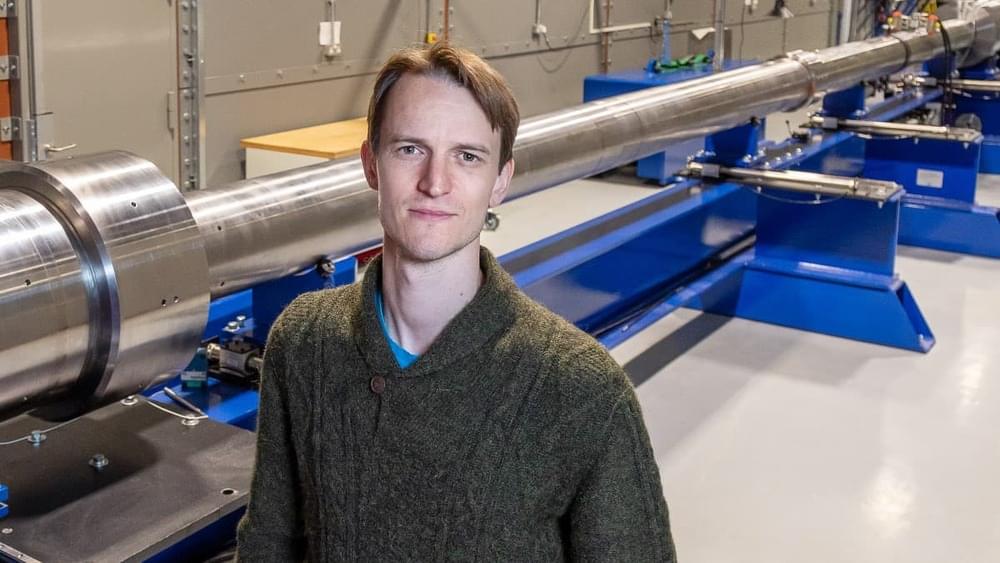Scientists recently discovered thousands of ancient unknown bacteria lurking in Hawaii’s lava caves and geothermal vents.
Hawai’i is home to multiple lava caves, lava tubes, and geothermal vents. And a new study that researchers published in Frontiers in Microbiology reveals that these caves have higher bacteria diversity than expected. Researchers have discovered thousands of ancient unknown bacteria lurking within the caves.
Scientists say that these bacteria ecosystems represent how life might have existed during Earth’s early ages. They also say it could give us insight into how life on Mars looked before losing much of its atmosphere. The caves, home to lava tubes and geothermal vents on the island, house ancient unknown bacteria, unlike anything we’ve ever seen.
“This study points to the possibility that more ancient lineages of bacteria, like the phylum Chloroflexi, may have important ecological ‘jobs,’ or roles,” Dr. Rebecca D. Prescott, first author of the paper, said in a statement. The bacteria is so intriguing that some scientists have started calling it “microbial dark matter,” because of how unseen and un-studied it is.






